Mastering the Art of Polish Placki Potato Pancakes
11 min read Discover expert tips and recipes to perfect Polish placki potato pancakes, celebrating their cultural heritage and delicious flavors. June 21, 2025 03:05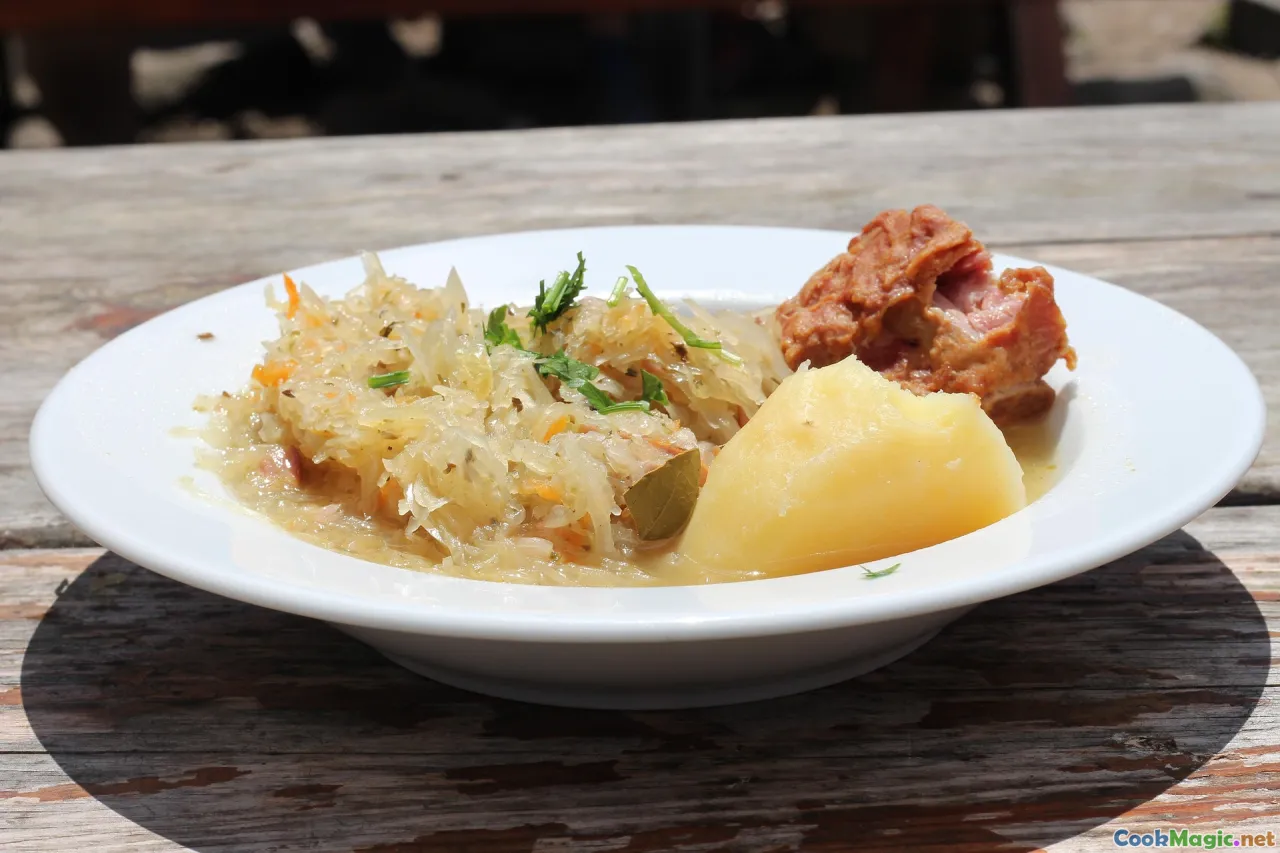
Mastering the Art of Polish Placki Potato Pancakes
There's something undeniably nostalgic about the scent of sizzling placki wafting through a Polish kitchen—crispy edges caramelized to perfection, a warm aroma of freshly grated potatoes mingling with nutty undertones of fried onion, and a hint of sour cream or applesauce ready on the side. These humble yet mighty potato pancakes aren’t just comfort food; they are a vibrant thread woven into the cultural fabric of Poland’s history, family traditions, and festive tables.
In this deep dive, we’ll explore the heart of Polish placki—how to craft them with mastery, their historical and cultural significance, tips to elevate your technique, and personal insights that capture their soul. Whether you’re a culinary explorer or a home cook eager to embrace authentic traditions, this guide aims to transform your approach to these beloved golden discs into an art form.
The Cultural Heartbeat: Placki in Polish Heritage

Polish placki are more than just a recipe; they are a culinary emblem of resilience and community. During cold winter months, families gathered in warm kitchens to fry up batches of placki, sharing stories and laughter—a practice rooted in centuries of tradition. They are also integral to wedding feasts, Easter celebrations, and street festivals, symbolizing hospitality and abundance.
In historical contexts, potatoes arrived in Poland in the late 18th century, transforming the cuisine. Before that, root vegetables like parsnips and turnips filled the void. Once potatoes became commonplace, Polish cooks swiftly embraced them, developing various dishes—most notably, placki, which married simplicity with local ingredients. Today, these dishes evoke feelings of communal warmth, tradition, and the unpretentious joy of shared meals.
The Essential Ingredients: Simplicity and Quality
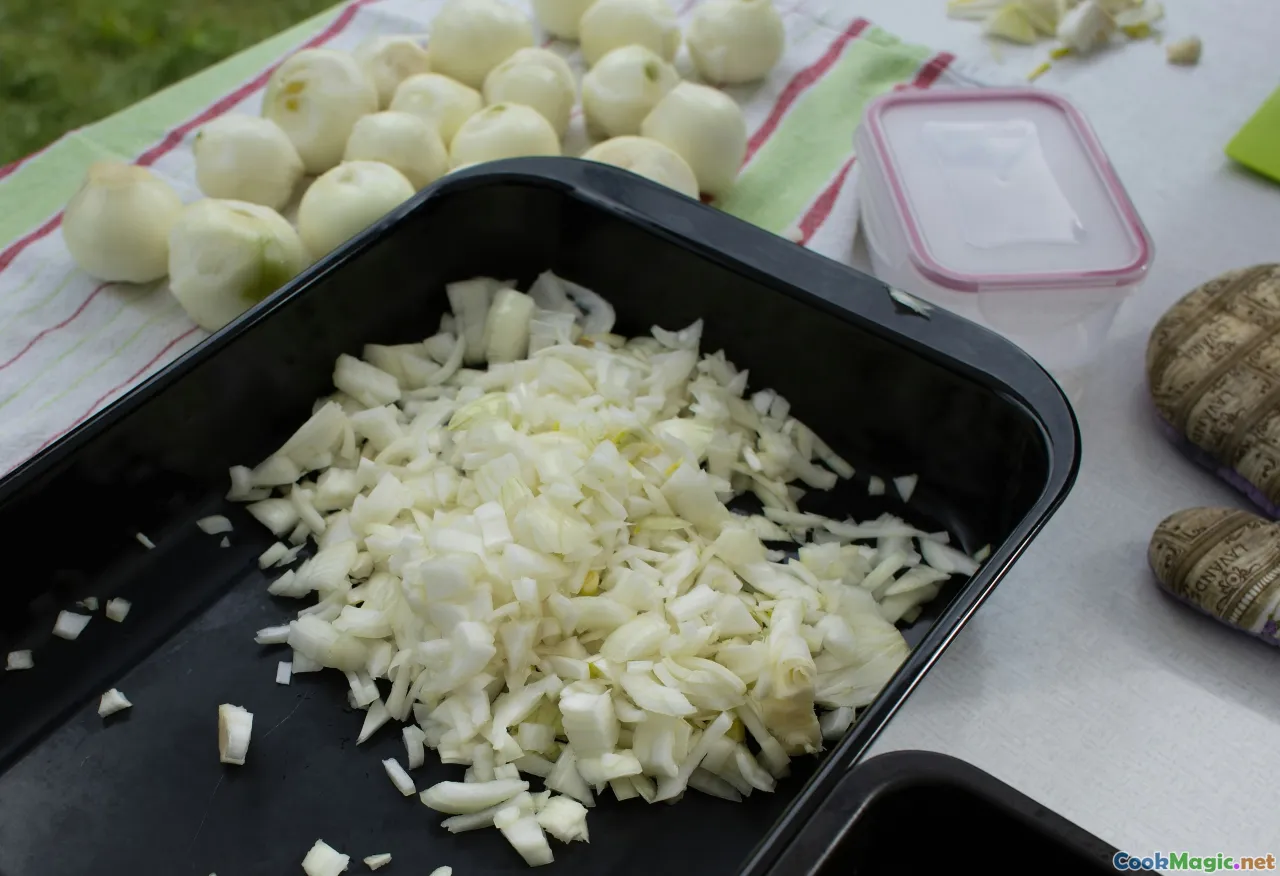
Authentic Polish placki underline the notion that ordinary ingredients, prepared with care, produce extraordinary results. The core components are straightforward:
- Potatoes: Russet or starchy varieties work best for their ability to release excessive moisture, creating crispy textures.
- Onions: Finely grated or minced, they add fragrance and depth.
- Eggs: Bind the mixture, lending richness.
- Flour: Typically plain wheat flour or a mix with semolina for added crispness.
- Salt and pepper: For seasoning.
- Optional extras: A dash of garlic or herbs like dill or parsley can elevate flavor.
Choose the freshest potatoes and organically grown onions for a more vibrant taste. High-quality free-range eggs contribute better binding and flavor, and sifted flour ensures a smooth batter.
Crafting the Perfect Batter: Step-by-Step
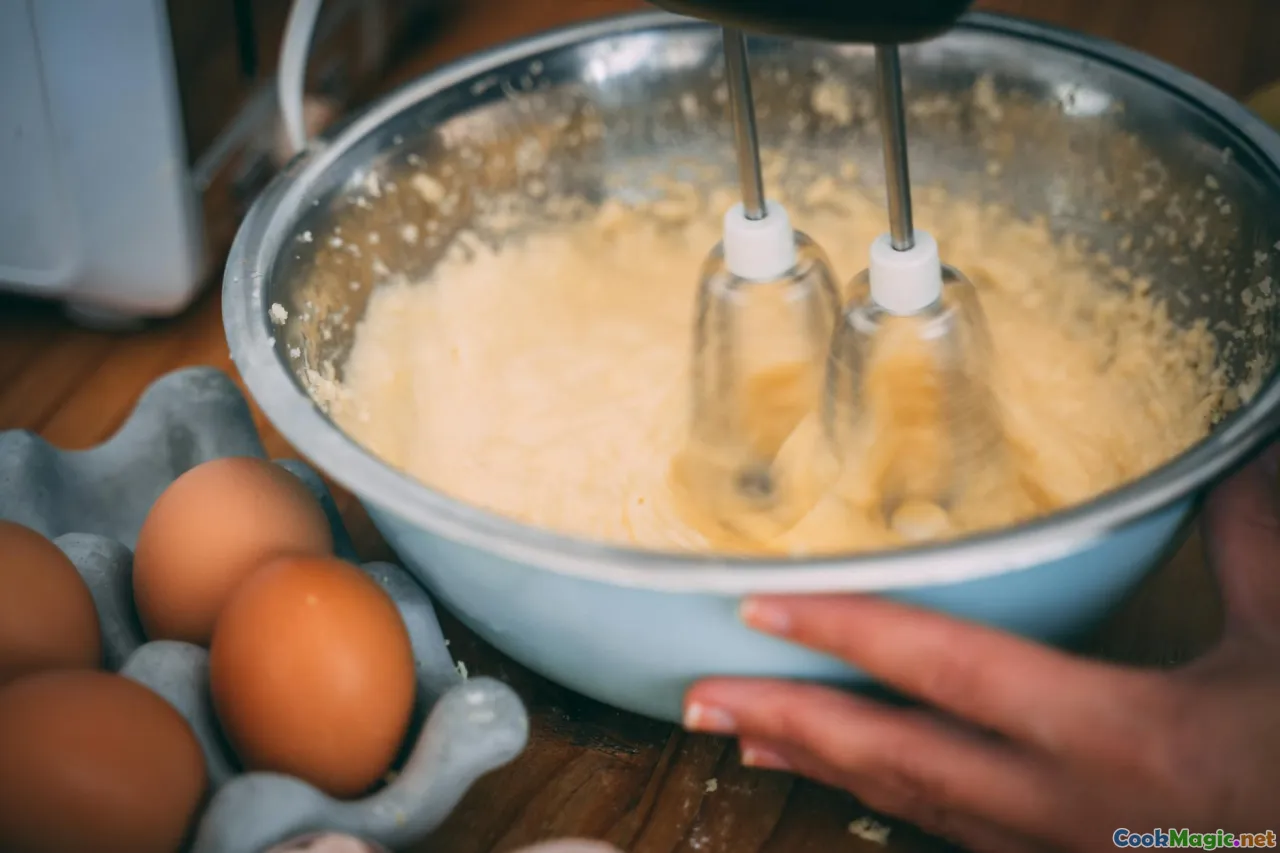
Mastering the batter is the first step to crisp, tender placki. Here's a detailed method to achieve that elusive perfect texture:
1. Prepare the Potatoes
- Peel the potatoes under cold water to prevent discoloration.
- Grate them coarsely using a box grater or a food processor with a grating attachment.
- Place the grated potatoes into a clean kitchen towel or cheesecloth, then squeeze out excess moisture. Removing excess water is crucial for crispy edges and preventing the pancakes from turning soggy.
2. Prepare the Onion
- Finely grate or finely chop the onion.
- Mix with the potatoes immediately to prevent browning.
3. Incorporate the Wet Ingredients
- Transfer the drained potatoes and onions into a large mixing bowl.
- Crack in eggs, then season with salt and pepper.
- Mix well until evenly combined.
4. Add Flour
- Gradually fold in flour until the batter holds together but isn't stiff—aim for a slightly sticky consistency.
- The amount of flour varies depending on the potato moisture; start with about 2–3 tablespoons per pound of potatoes.
5. Rest the Batter
- Letting the mixture rest for about 10 minutes allows the flour to hydrate and the flavors to meld.
6. Test Fry
- Before frying the entire batch, cook a small spoonful to check the consistency and seasoning.
Frying to Perfection: Techniques and Tips
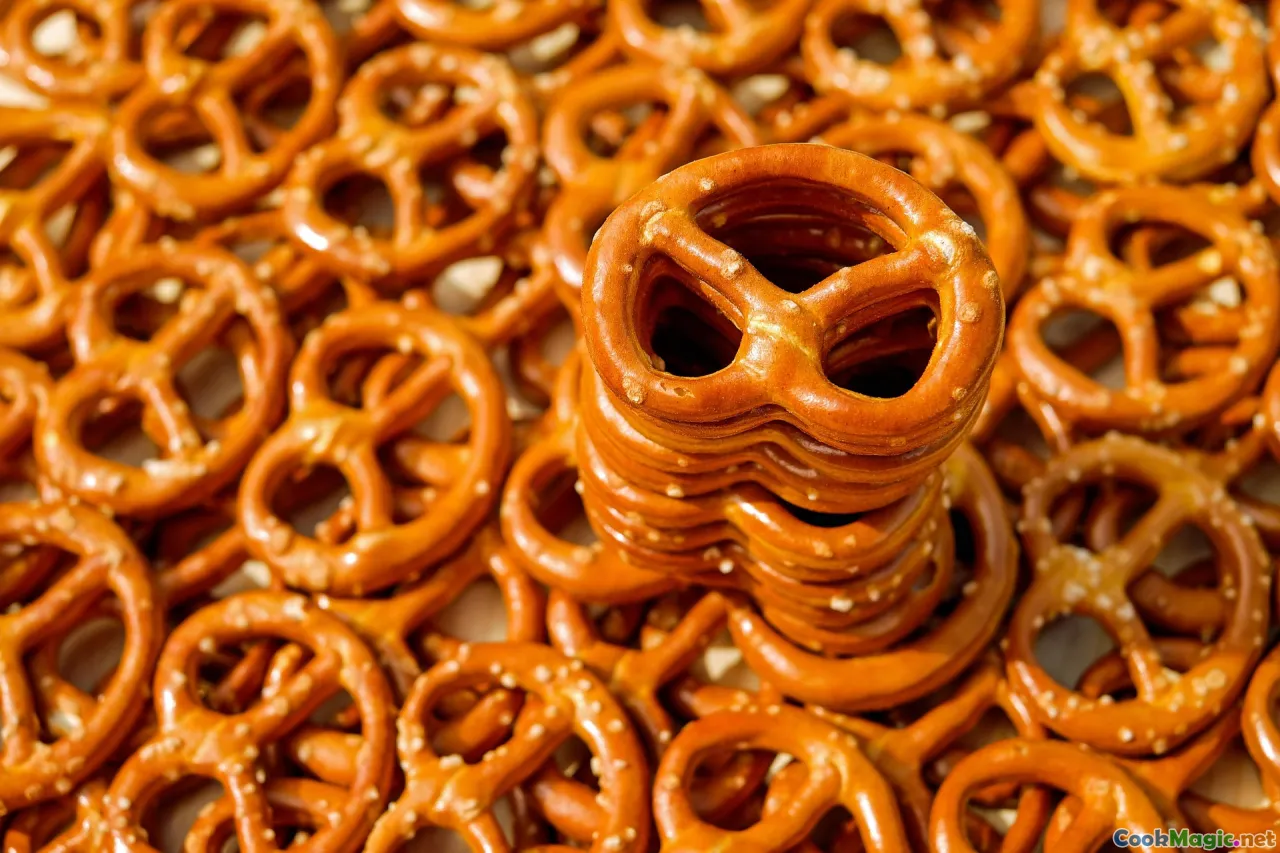
The frying process is where culinary mastery truly reveals itself. Achieving the ideal crispy exterior with tender insides requires attention and technique:
- Choose the right pan: A cast iron skillet or a heavy-bottomed frying pan distributes heat evenly.
- Oil: Use vegetable oil, clarified butter, or a neutral oil with a high smoke point. Ideally, fill the pan with about 1/4 inch of hot oil.
- Heat management: Ensure the oil is hot enough (about 350°F / 175°C); test by dropping a tiny drop of batter—if it sizzles instantly, you're good.
- Frying practice: Use a soup spoon or ladle to drop batter into hot oil, flatten gently with the back of the spoon.
- Cooking time: Fry until the edges turn a deep golden brown, approximately 3–4 minutes per side.
- Drain: Transfer cooked placki onto paper towels to remove excess oil.
A debated point among Polish cooks is whether to flip the pancakes only once or twice—tips from seasoned chefs suggest that patience and a gentle flip at the right moment yield superior crispness.
Serving Traditions and Variations
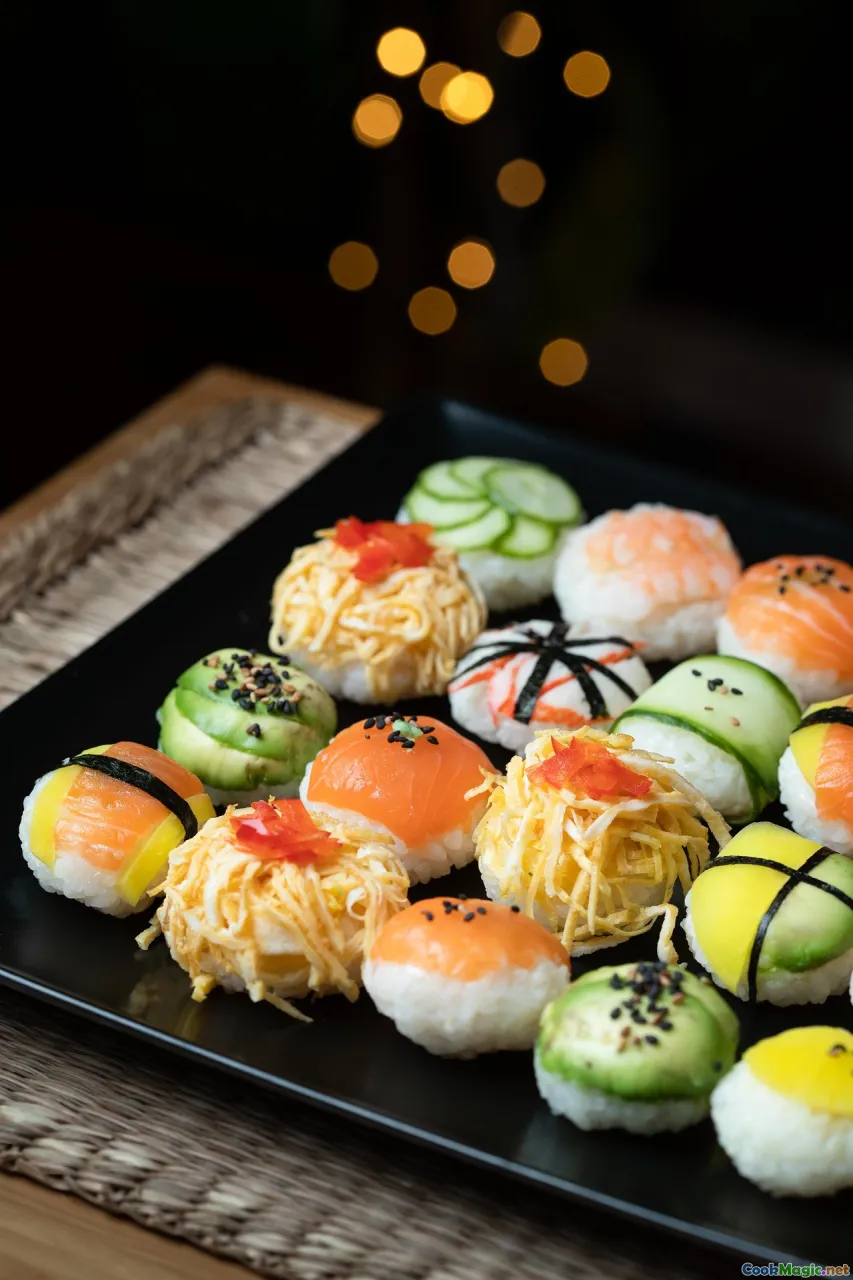
Polish placki shine brightest when served with traditional accompaniments:
- Sour cream: The classic—rich, tangy, and cooling.
- Apple sauce: Sweet and fruity, balancing the savory pancakes.
- Fresh herbs: Chopped dill or parsley sprinkled on top add freshness.
- Side options: Smoked salmon, sautéed mushrooms, or poached eggs turn placki into a main dish.
Regional variations also exist:
- Kraków-style: Often thicker, with potato skins mixed in for rustic texture.
- Lesser Poland: Incorporation of buckwheat flour for earthier flavor.
- Sweet versions: Incorporating cinnamon and sugar into the batter, served with fruit compote.
Tips from the Experts: Elevating Your Placki
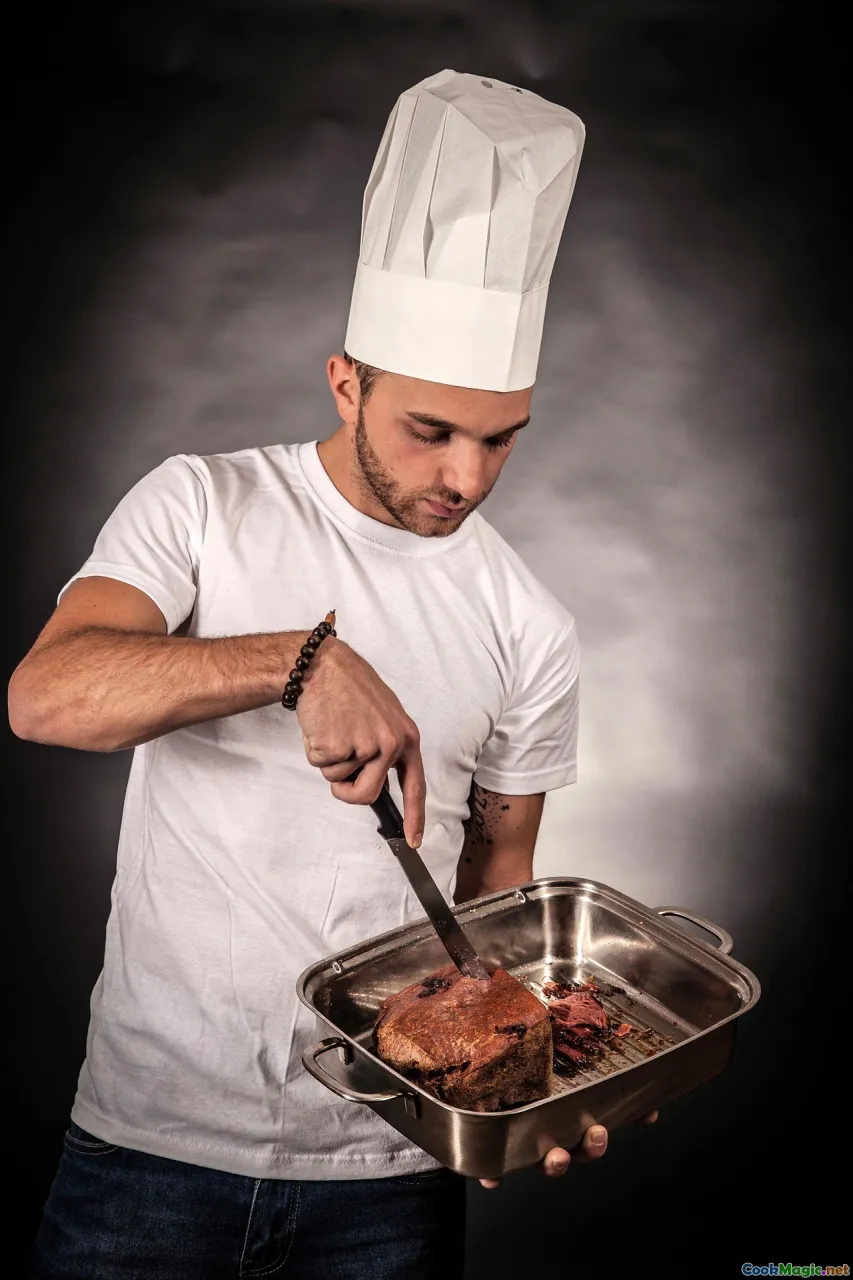
Even seasoned cooks can refine their placki mastery with these insights:
- Use room temperature eggs: Improves binding.
- Add a pinch of baking soda: For extra puffiness—though traditionalists prefer a crisp, flat pancake.
- Variations in flour: Potato starch or semolina can enhance crispness.
- Keep the batter cold before frying to control spreading and promote a crispy crust.
- No crowding: Fry in small batches to prevent temperature drops that cause sogginess.
- Refine your flip: Use a wide spatula and gentle wrist action to flip without breaking.
Personal Reflection: A Slice of Heritage
Growing up in a Polish household, I remember mornings enveloped in the aroma of frying placki—that faint scent of potato and onion, crisping on cast iron, invoking a sense of continuity amid changing seasons. My grandmother’s secret was in the squeezing: pressing out every drop of moisture to ensure an ideal crunch. To this day, I cherish the ritual—carefully grating, folding, and frying, feeling connected to generations of Polish cooks.
Every bite is a homage to resilience, family, and history—a testament that even the simplest ingredients can create moments of pure bliss.
The Joy of Perfecting Placki
Mastering Polish placki is a journey rooted in patience, tradition, and a love for authentic flavors. It’s about more than just crispy pancakes; it’s about embracing a cultural legacy that unites mealtime with memory, craft with heart. So, gather your ingredients, find your favorite skillet, and embark on the delicious adventure of claiming mastery over this cherished Polish classic.
Remember: the true magic lies in shared tables, in crackling sounds of batter hitting hot oil, and in the smile that blooms when you take that first perfect bite. Happy frying!









